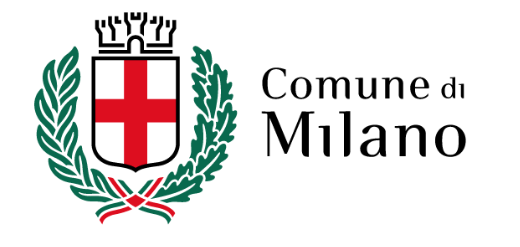- Milan Castle
- Museums Libraries Archives
- Museo Pietà Rondanini - Michelangelo
- Museo d'Arte Antica
- Sala delle Asse - Leonardo da Vinci
- Pinacoteca
- Museo dei Mobili e delle Sculture Lignee
- Museo delle Arti Decorative
- Museo degli Strumenti Musicali
- Museo Archeologico - Sezione Preistoria e Protostoria
- Museo Archeologico - Sezione Egizia
- Raccolta delle Stampe "Achille Bertarelli"
- Gabinetto dei Disegni
- Archivio Fotografico
- Archivio Storico Civico e Biblioteca Trivulziana
- Biblioteca d'Arte
- Biblioteca Archeologica e Numismatica
- Casva (Centro di Alti Studi sulle Arti Visive)
- Ente Raccolta Vinciana
- Gabinetto Numismatico e Medagliere
- Opere dei musei in movimento
- The Castle and Milan
- Media gallery
- Plan your own tour

The Exhibition
Comparing Wooden Sculptures from Vigevano and Milan
Curated by Claudio Salsi
This exhibition is intended as a natural follow-up to the exhibit “Body and Soul, from Donatello to Michelangelo. Italian Renaissance Sculpture” (Paris 2020 - Milan 2021). It aims to provide further insight into polychrome wooden sculptures from the Lombardy region, with a dual focus on the Lamentation of Saint Dionysius and the Altarpiece of Saint Joseph in Vigevano, where, just like in Milan, the Sforza Dukes held their court between the 15th and 16th centuries.
Art was blooming in Lombardy, throughout the period ranging from Ludovico il Moro, to the French rule and Francesco II – the last Sforza Duke –, who, in the early 1530s, undertook to revamp the castle and the cathedral in Vigevano.
The sculptures on display have recently undergone restoration and scientific and documentary investigations, carried out in synergy by the local Monuments and Fine Arts Service and the Castello Sforzesco in Milan. These activities were designed to both preserve our regional cultural heritage and get the most value from the works-of-art held at the Castello Sforzesco. Through this collaboration, works-of-art, although displayed out of their original environment, are made more visible and are presented in a way that best highlights their style and refined details. Some statues and sculptures held in the Castello Sforzesco – like those from the now lost Lamentation originally located in the church of Santa Maria Bianca in Casoretto (Milan) – are compared and matched with the sculptures from Vigevano.
The specific site of this exhibit within the museum itinerary of the Castello Sforzesco promotes a successful connection with the permanent collection on display at the Museum of Furniture and Wooden Sculptures (Corte Ducale) – one of the largest collections of Renaissance sculptures from Lombardy – and with Trivulzio’s Tapestries of the 12 Months on display in the Sala della Balla. These tapestries were woven in Vigevano in the early 16th century based on a drawing by Bartolomeo Suardi, a.k.a. Bramantino, in the same period when the sculptures on display here were being carved and painted.










